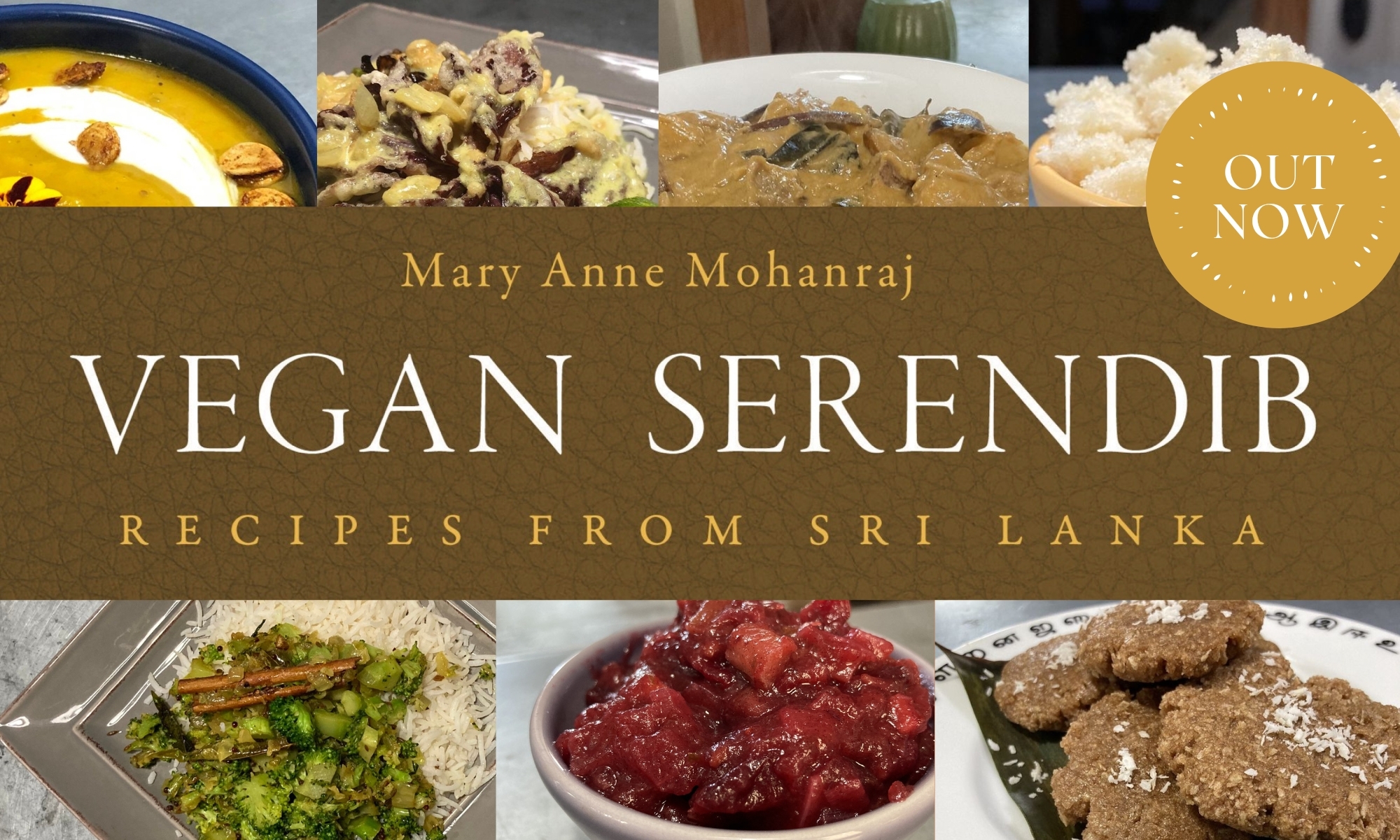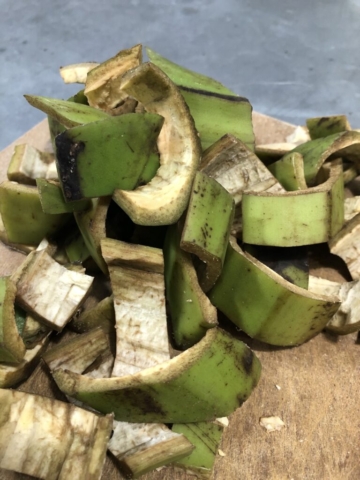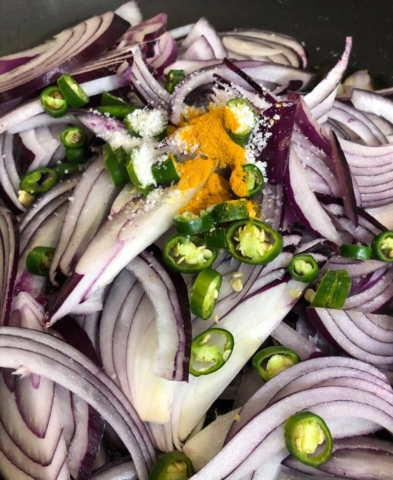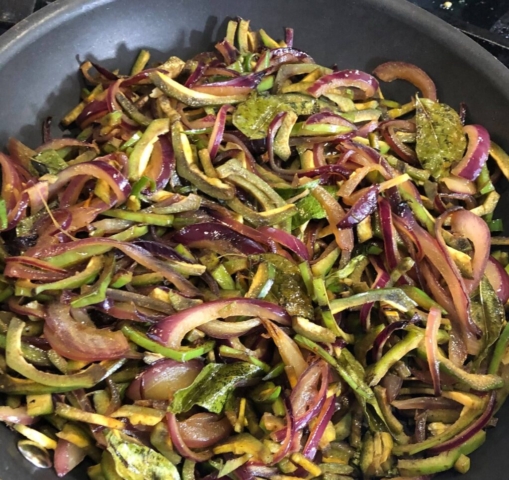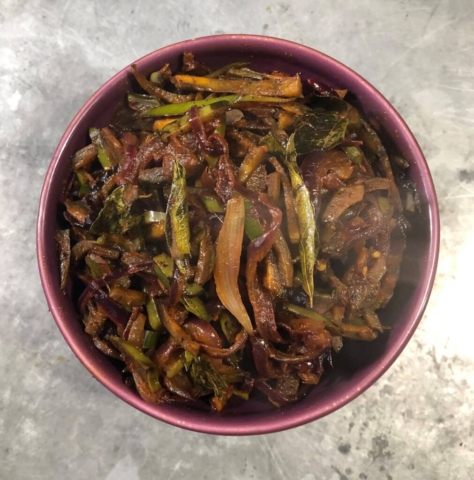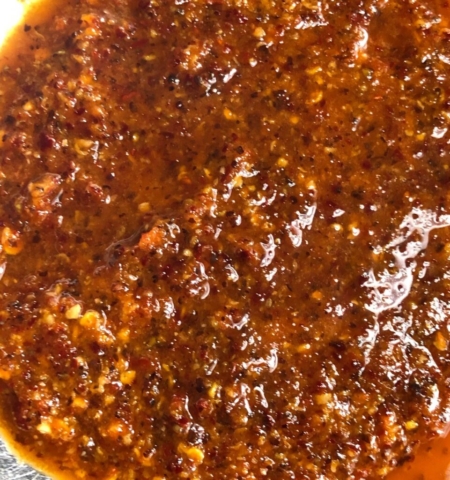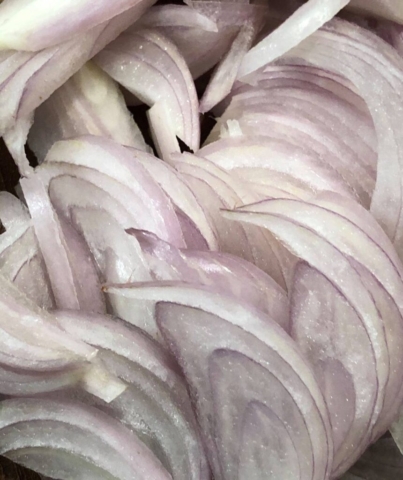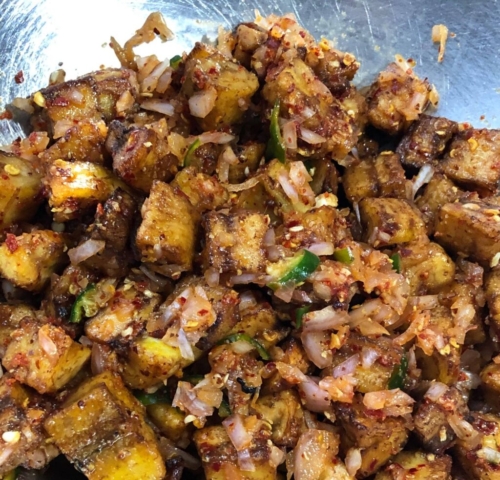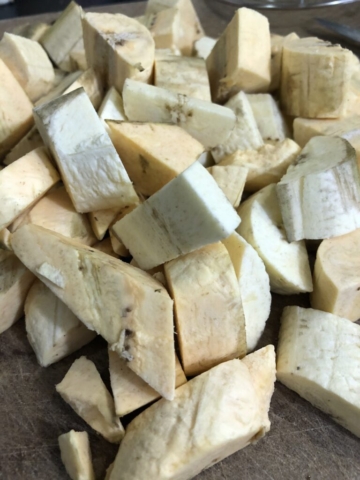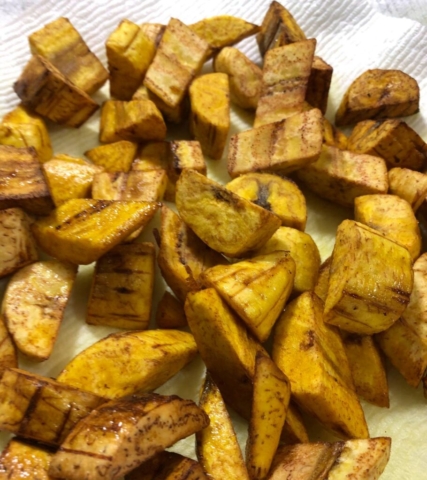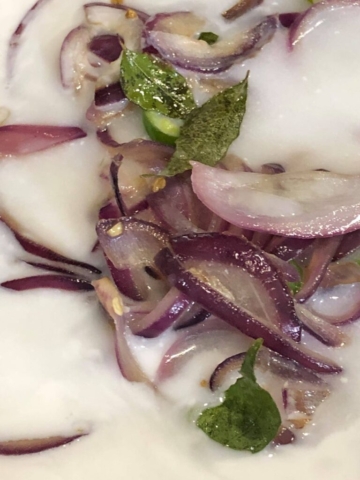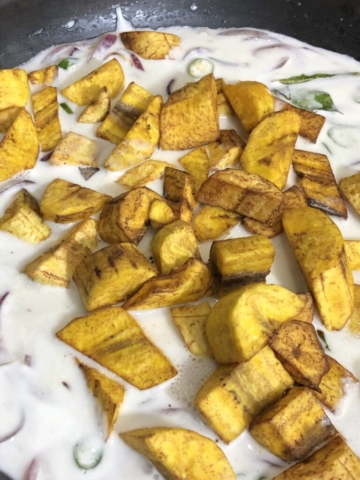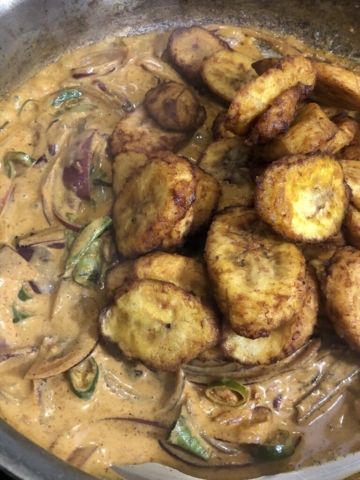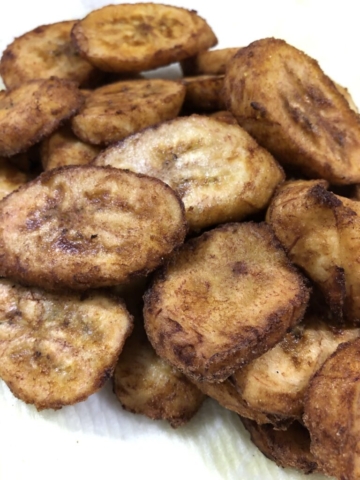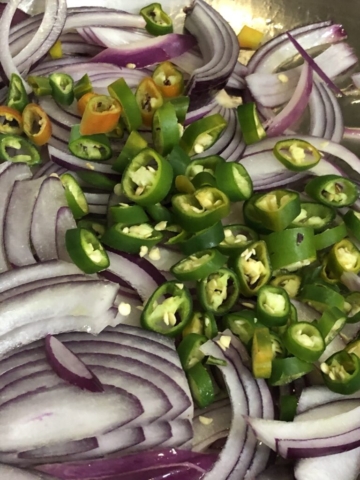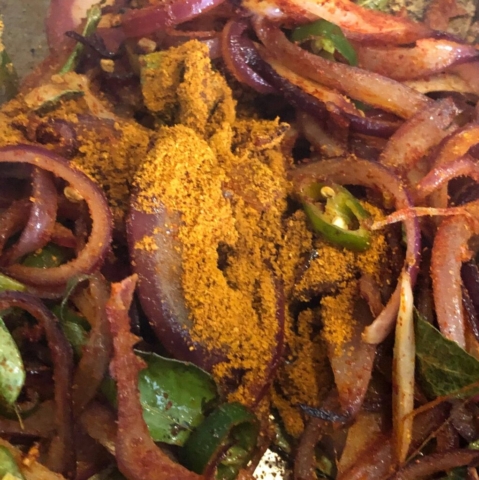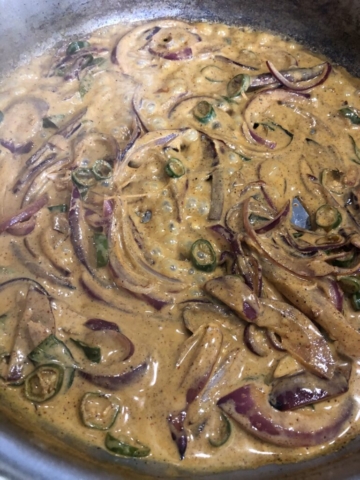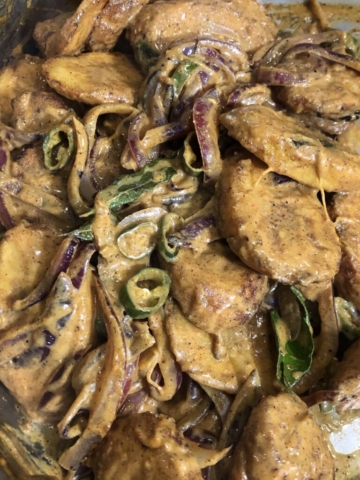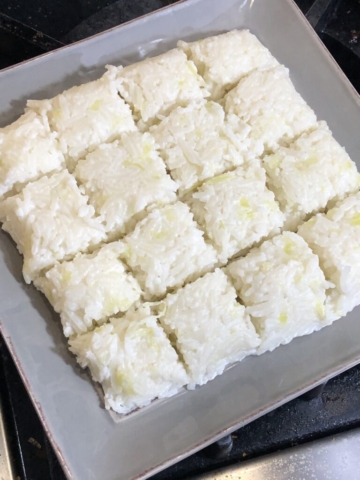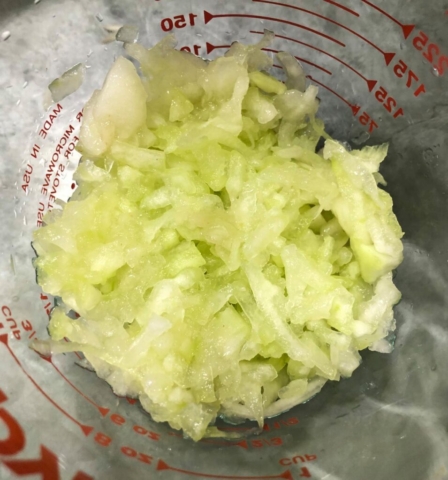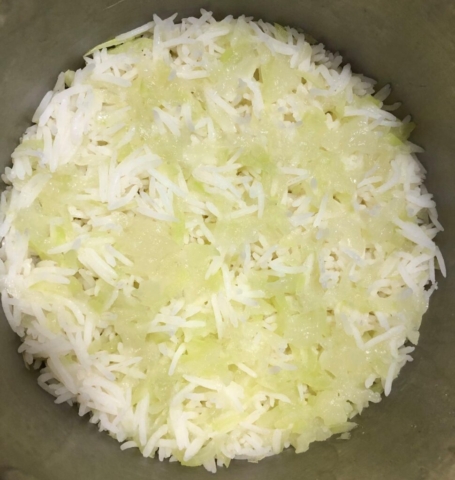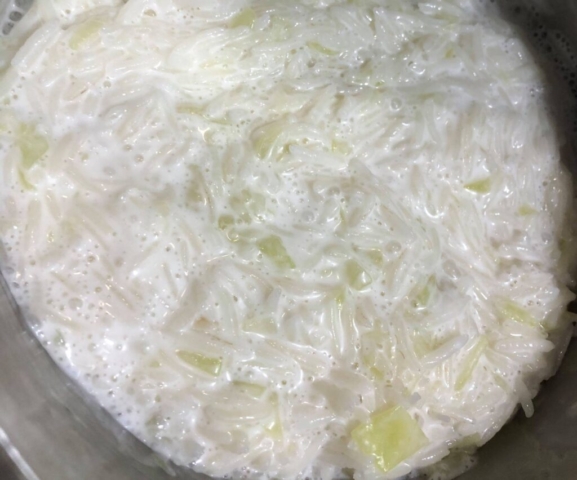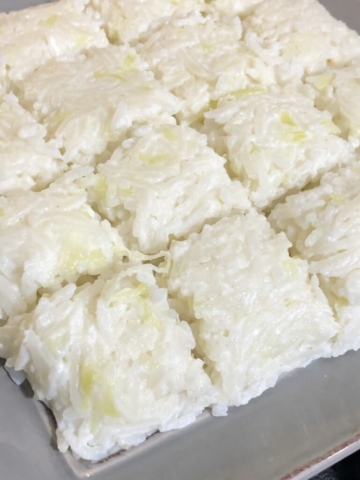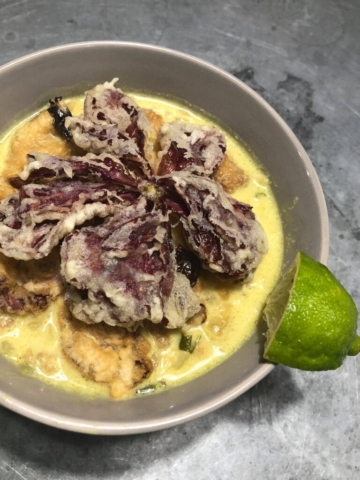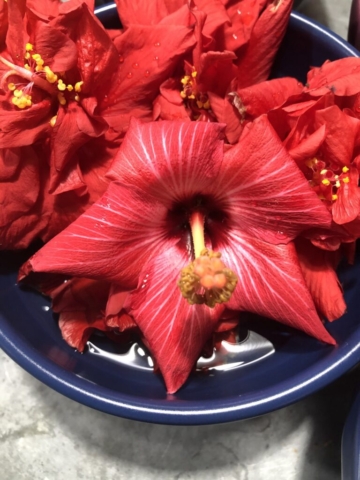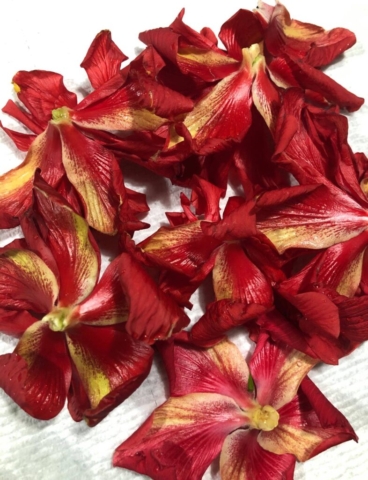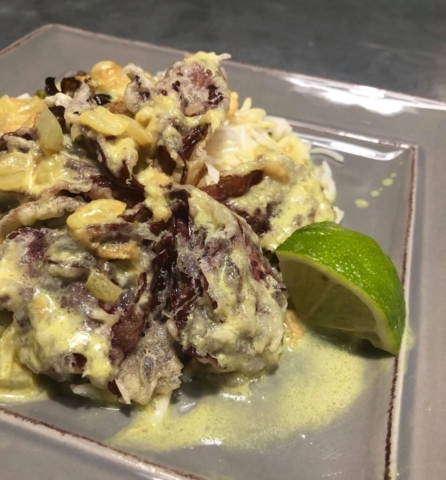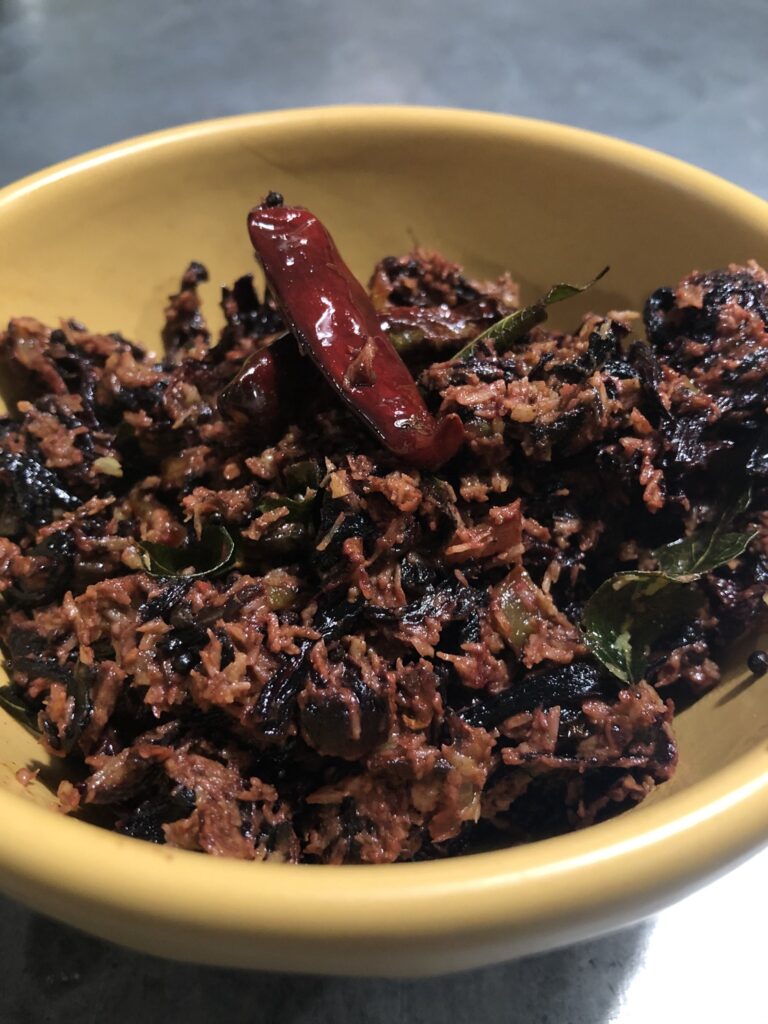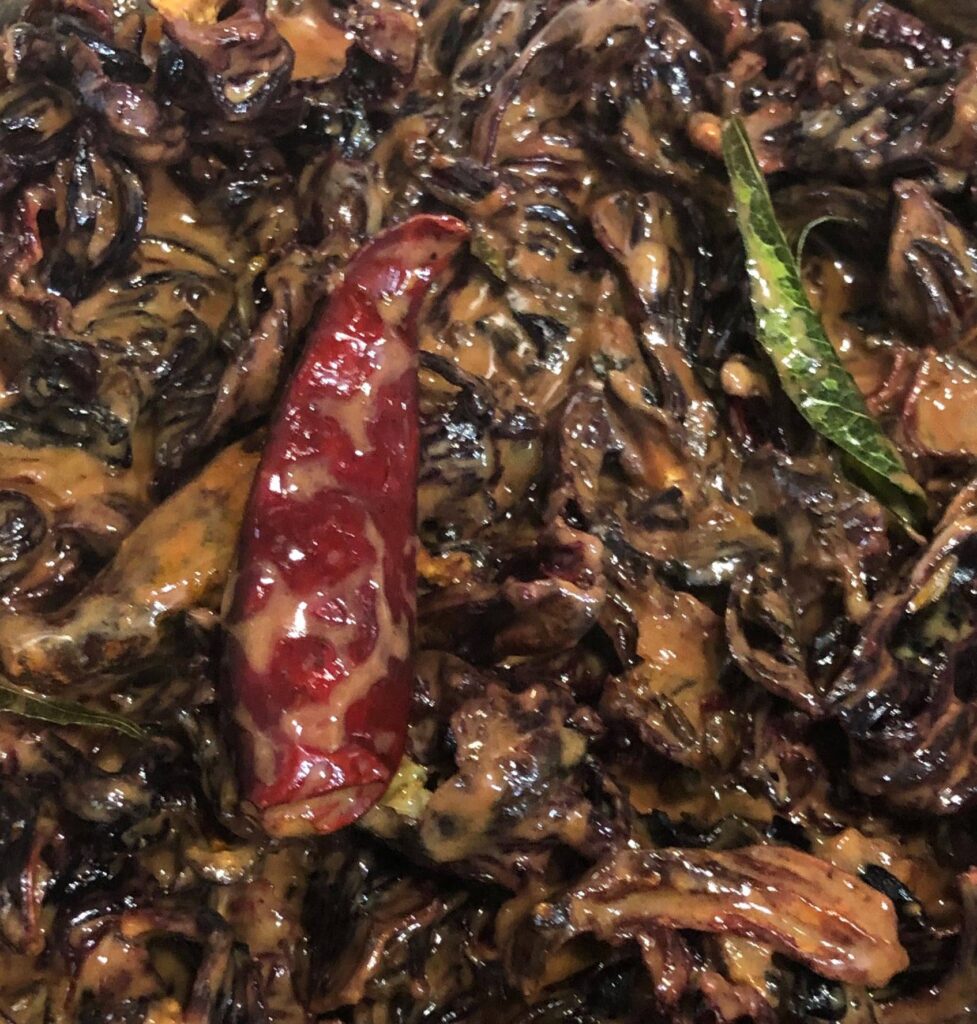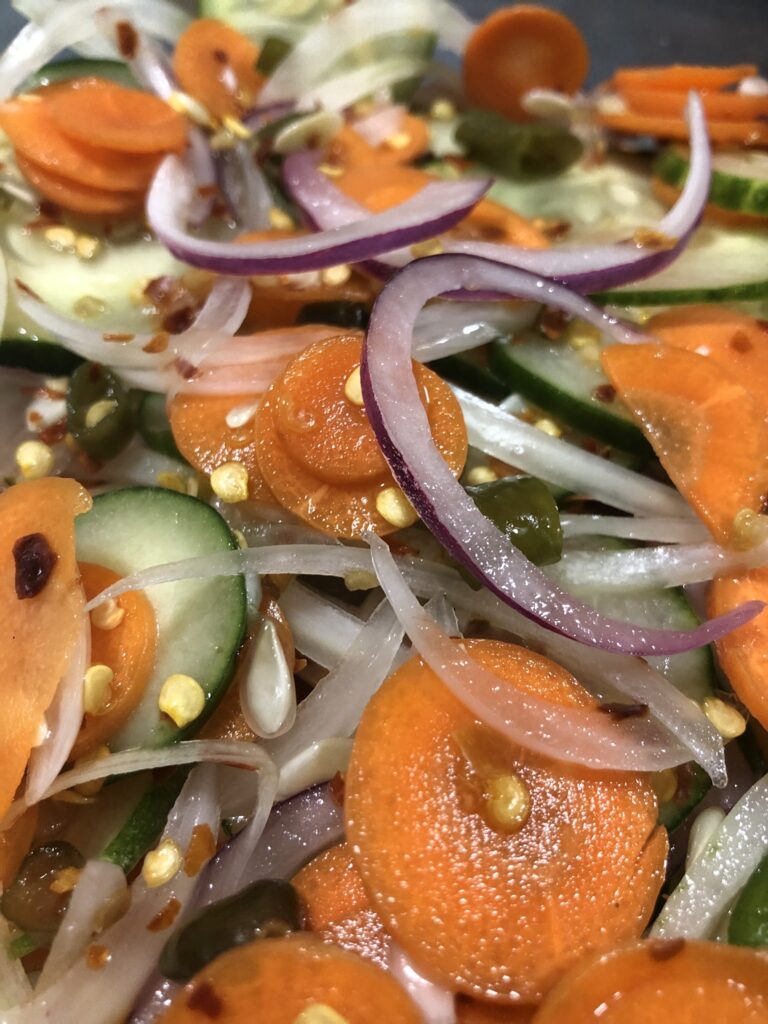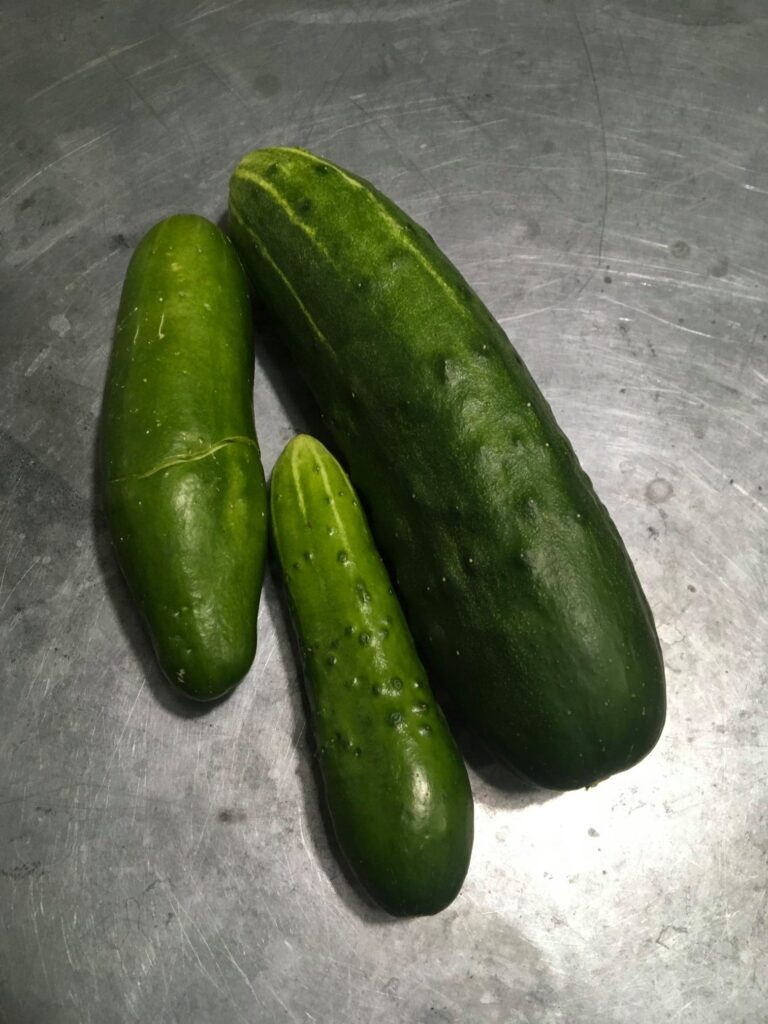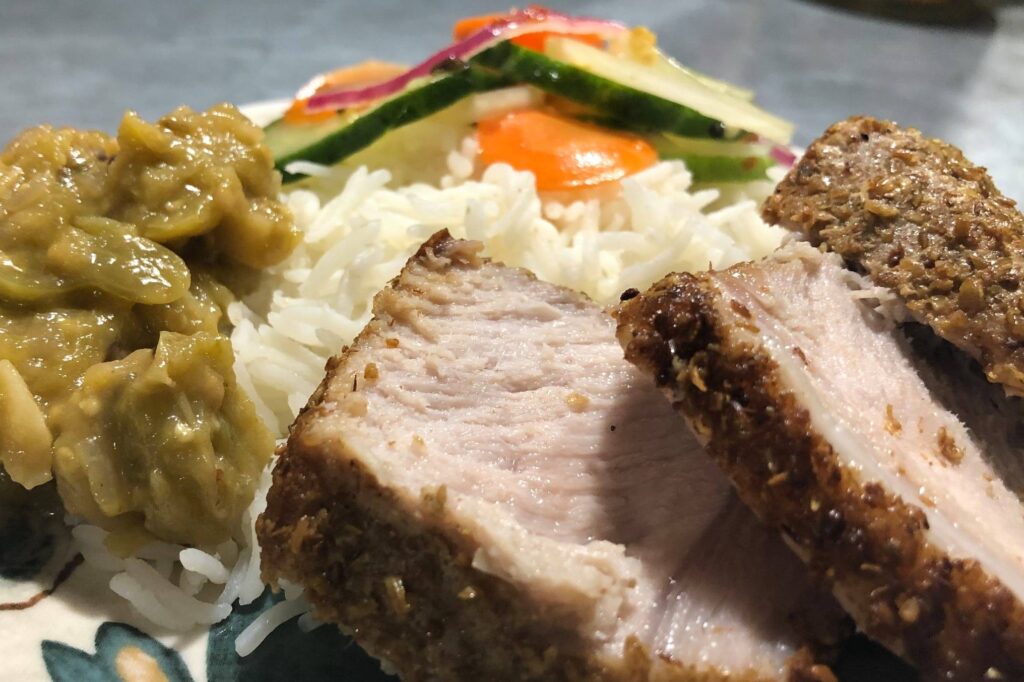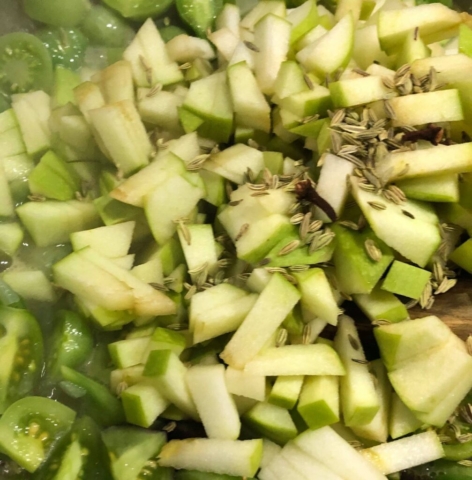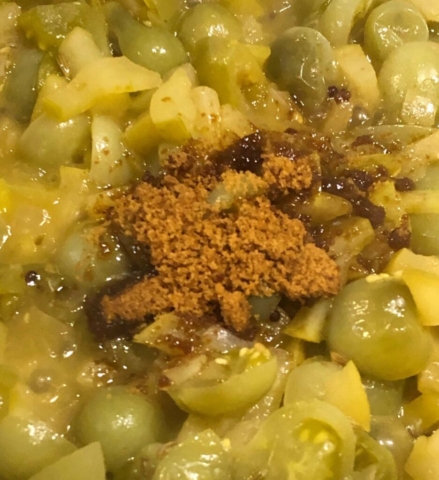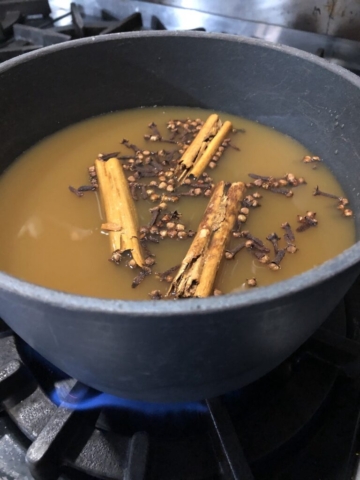In Sri Lanka, hibiscus is commonly known as shoeflower, and is a popular edible flower used in sambols, curries, and beverages. The variety grown there (rosa sinensis) is not quite as tangy as sabdariffa (the variety most commonly used for hibiscus tea), but has a similar delicate flavor.
Where I live, tropical flowers can only grow in pots. I have a host of them in my sunny windows: jasmine and bougainvillea and hibiscus, mandevilla and duranta. They move out for the summer, then move back inside for the winter. It’s perhaps not entirely practical, growing tropicals in Chicagoland, but they speak to something in my heart.
***
IMPORTANT HEALTH NOTE: Chicago does have hardy hibiscus that grow as perennials outdoors (var. moscheutos and others), but those varieties are less commonly used in cooking. The casual reading I’ve done on the subject indicates that they are probably also edible, but there are some indications that they may interact with other medications, and there’s even one case I ran across of hardy hibiscus acting as an abortifacient. And of course, individuals can have different reactions to different plants.
In general, if you’re considering experimenting with plants that aren’t established as safely edible, it’s recommended that you try very small portions first, checking for negative effects. While I’ve eaten hardy hibiscus in this preparation and survived, I’d recommend sticking to rosa sinensis for safety. And of course, you’ll want to be sure that any flowers you consume were grown for human consumption, without use of pesticides, herbicides, etc.
***
All that said, this is a dramatic and unusual curry, and could easily be the star of a dinner party. I was introduced to it through Charmaine Solomon’s _Complete Asian Cookbook_, and Solomon recommends battering and frying the hibiscus, then simmering it in a curry sauce. That is likely the traditional preparation, but I admit, I don’t love it that way — the batter becomes entirely soft. I prefer to drizzle curry sauce over the battered flowers, to retain a little crisp along with the savory softness.
Whichever option you choose, while you can make the curry sauce in advance if you’d like, I’d recommend battering and frying the flowers just before serving, to retain maximum crispness.
Ingredients:
12 hibiscus flowers (hibiscus rosa sinensis), traditionally red
1 c. flour
1/2 t. salt
1 egg, beaten
1 c. water
oil for deep frying
Curry sauce:
1 small onion, finely chopped (about one c.)
2 green fingerhot chilies, seeded and chopped
1/4 t. ground turmeric
one stick cinnamon
2 c. coconut milk
1/2 c. water
1 t. salt
juice of 1/2 a lime (about a T)
1. Rinse the flowers and blot water with paper towels. Pick off the calyx and stamen. Combine flour, salt, beaten egg, and water to create a smooth batter.
2. Heat oil in a small deep pan. When hot (ideally between 350-375F), dip each flower in batter, shake off excess, and fry in oil until golden. Remove to paper towels to drain and absorb excess oil.
3. Make curry sauce: Heat 2 T vegetable oil in a sauce pan and sauté onions and chilies until golden-translucent. Add turmeric and cinnamon, stir for a minute, than add coconut milk, water, and salt. Bring to a boil, then turn down and simmer.
4a: Option 1 — add fried hibiscus to the pot and simmer 10 minutes; stir in lime juice, and serve hot with rice.
4b: Option 2 — simmer sauce down on its own for 10 minutes; stir in lime juice. Serve battered hibiscus with rice, with sauce alongside to drizzle over.
